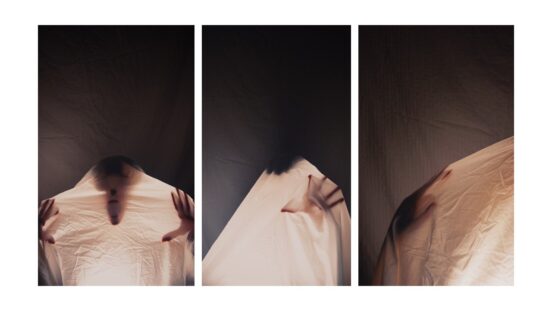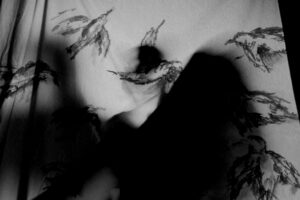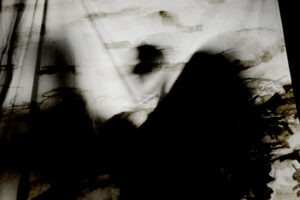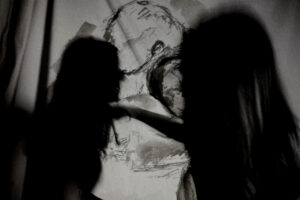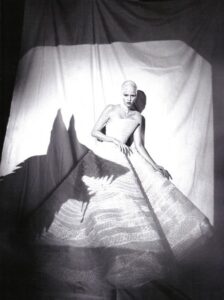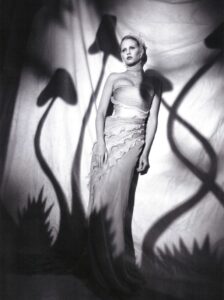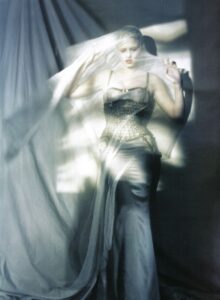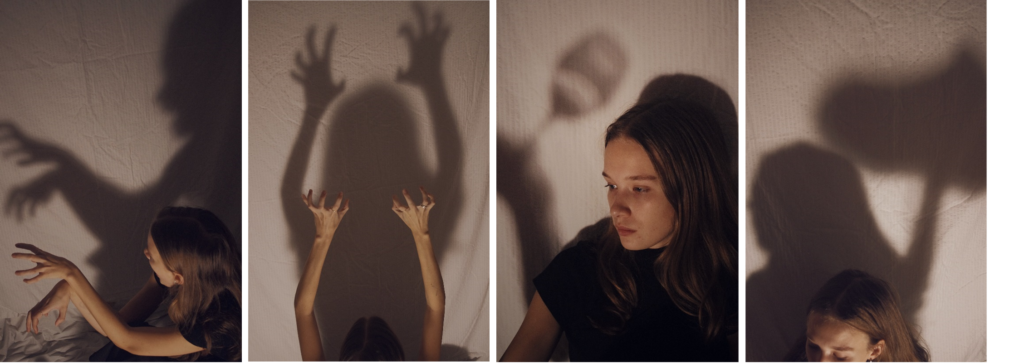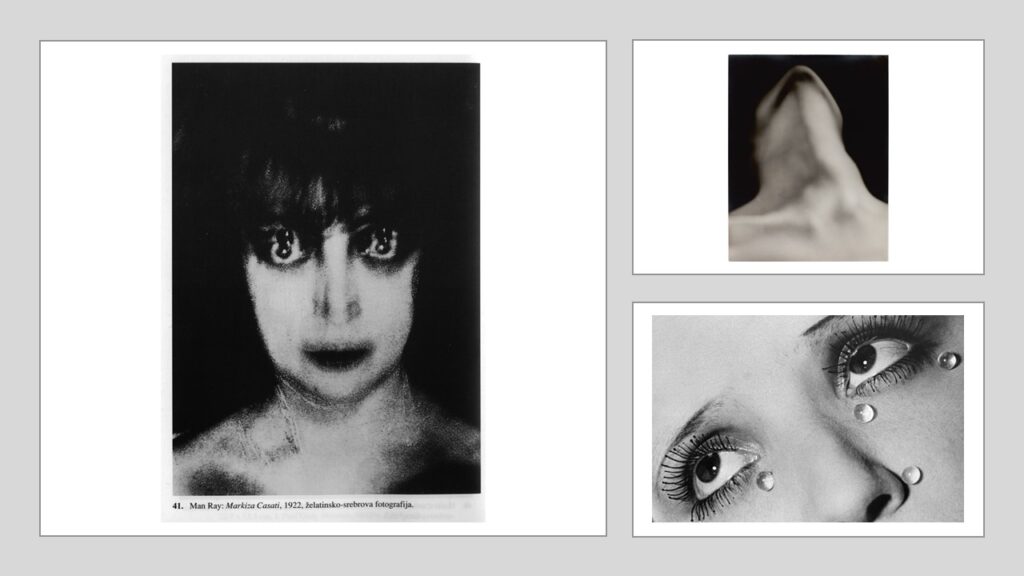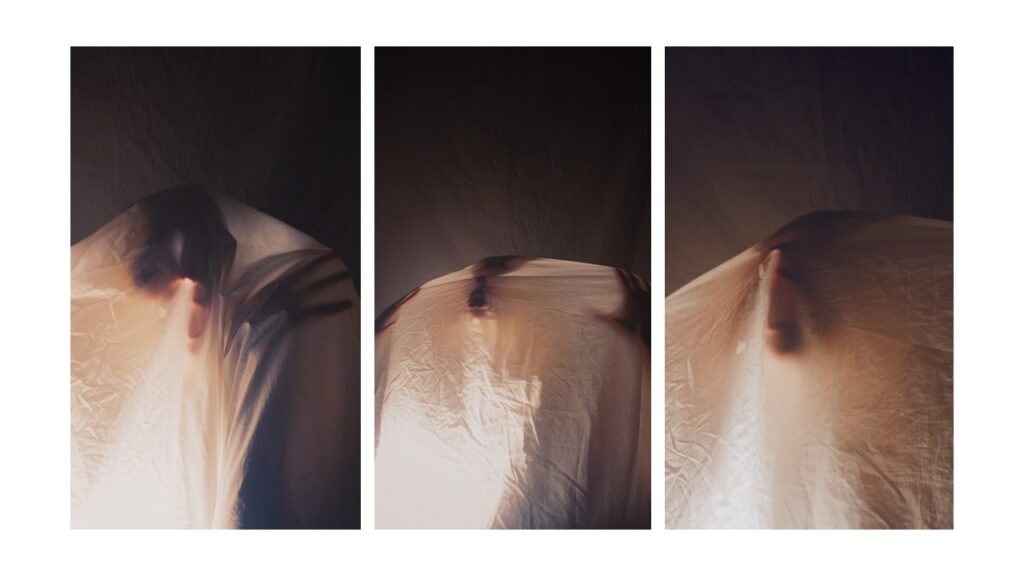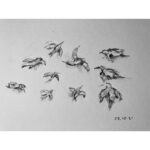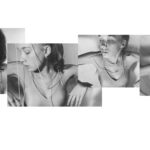“The dream activity can be so real and intense that our brains actually hide, or mask away the dream, so [it doesn’t] get lost between our waking experience, and our dream lives. ” ~ Dr. Alex Dimitriu, expertise in psychiatry, sleep, and transformational therapy.
I wanted to delve into the idea of the conscious mind only being able to recall shadows and sketches of our dreams when we are awake. The fact that our waking self wants to hide away our dreams, to create a barrier between our experiences in dreams and our experience in reality. I started exploring being able to project our dreams into reality and merging both these narratives together. I started by creating murky images using the sketches of the dreams I had made and combining them with images I had taken to represent the shadows of our waking selves, to demonstrate this.
The aim of these works was to portray the memories I have of my dreams when I wake up. Shadowy, blurry figures overlayed with what I distinctively remember about my dream. I wanted to merge them together to demonstrate how I can only visualise one picture of my dream, but I know that there was a much bigger story to it. When reflecting upon my dream journal, I noticed how in dreams everything seems so real, so clear. It’s only when you are awake are the recollections foggy, the narrative becomes but a fleeting impression.
Taking this further, I started exploring how, if I only can remember shadows and disarranged snapshots of my dream, can a narrative fit into the picture. It seems to the conscious mind, that the narrative we can create is only through memory. And as time goes on, that memory only grows cloudier. In which case the idea of dreams as a narrative merges known facts in the dream with studies and reflection about the dream. So what this means is a narrative can only be achieved through the speculation of your reality. This demonstrates that the narrative of dreams is harnessed by the conscious mind, so essentially reality and dreams could all be one narrative.
The idea of trying to reenact or illustrate one’s dream is not foreign to the art world. The attempt to impose unconscious thoughts into imagery was a big movement in surrealism. One of the most famous artists that encapsulate this was Dali, he created paintings with an unreal dream space that he created with hallucinosis characters. He was a fan of Sigmund Freud and read his psychoanalytic theories and used a “paranoiac-critical method” to access the subconscious and create a reality from his dreams. Dream logic was a key component to a surrealist creative narrative, they wanted to discard rational thought by replacing it with imagination. Skip forward to the 20th and 21st centuries, and dreams are still a constant inspiration for many different art forms. The one that attracted my attention was through photography. Many photographers explore the fantastical nature of dreams and how they are interpreted by the conscious mind through many different forms such as recreating dreams or focusing on the act of slumber. Fashion photography is not alien to this either. Taking the nonsensical and distorted realities and creating a work of art.
This series of images were created by the fashion photographer Paolo Roversi. He uses shadows to tell the viewer a story, reminiscent of fairytales. I thought that it encapsulated both the idea of connecting the narratives of reality and dreams and how, in my dreams, all they come down to is a single shadowy image, even though I know that there was a bigger storyline.
These inspired me to create some photographs of my own experimenting with shadow. I wanted to convey how the shadow of your dreams merges into your reality. They create a lasting imprint into your conscious mind even if you can’t quite remember them, the shadow of your dream remains with you after you awake.
“It has never been my object to record my dreams, just the determination to realise them” ~Man Ray
One photographer, in particular, caught my attention. Man Ray’s ‘rayographs’ bring about the disillusion and reimagination that are reminiscent of a memory of a dream.
I wanted to focus on a couple of his works, where Man Ray stages models in obscure compositions, reshaped light, colours, and framing that gives it a completely surrealist feel to his works and encapsulate the notion of bringing up the unconscious into the conscious. He focuses on unexpected details that give rise to the surrealist essence.
In response to this, I decided to take some of my own photographs with Man Ray’s surrealist edge in mind: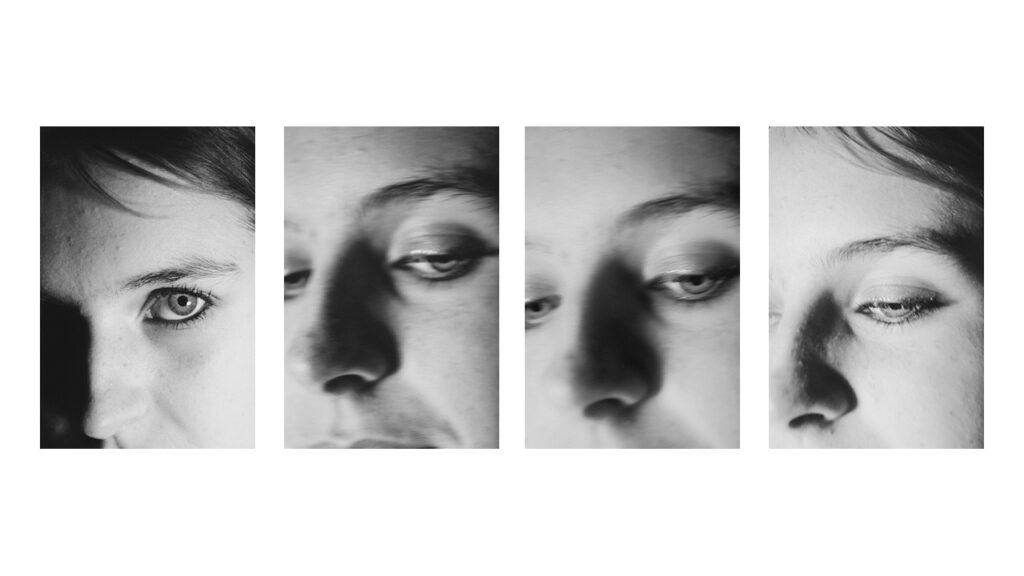
Inspired by Man Ray, I experimented with his use of composition, light, and movement to create a series of images with a surrealist quality. I like how in the first image a surrealist tone comes through the fact that the face seems slightly distorted because of the use of shadow. Half of her face is hidden playing with the viewer’s eye and perspective as it distorts the 3D aspect. The next two remind me of the blurry nature of my dreams, where the face kind of seems to be rubbed out, blocking a clear picture. I think movement gives the image that kind of quality.
I decided to look further into how movement can create blurry and mystical photographs: 
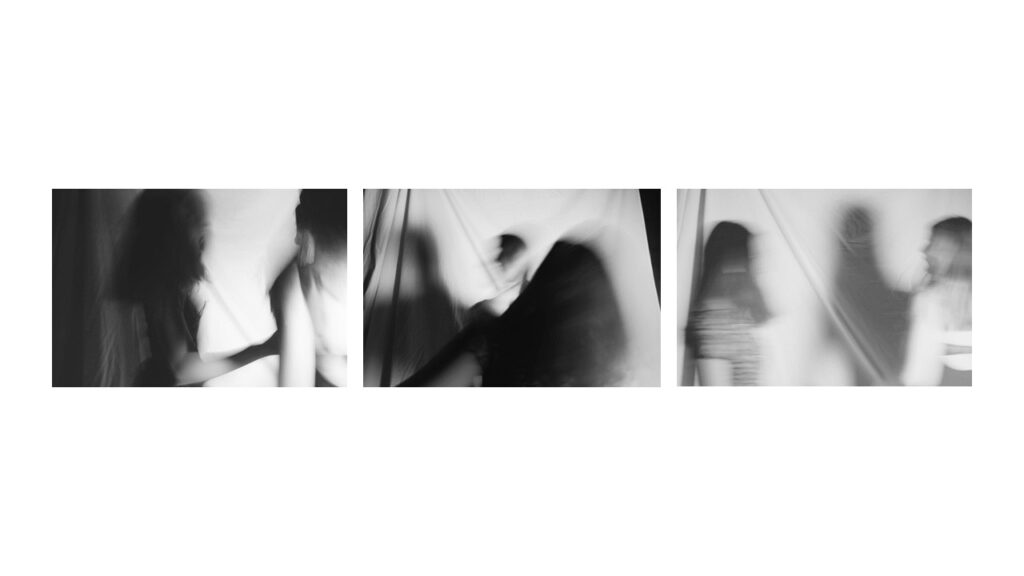
I thought that it was the blurry nature produced by movement that really encapsulates the images of the memories I have of my dreams.
Upon reflection of my photographs of trying to encapsulate dreams through shadows (responding to the fashion photographer Paolo Roversi) I thought it didn’t manage to incorporate what I was trying to convey: the photographs are too resolute and factual with the objects that I used, whereas the memory of my dreams is more vague and distorted which I feel I have achieved more through movement then using the shadows of objects.
Looking at the Barrier
I decided to reinterpret my outlook to removing the dreams from reality. To look at that invisible barrier that has formed in my mind and try to actualize the idea of my dreams being trapped in their dream world, somewhere in my subconscious.
To represent this idea, I decided to look at different materials as a barrier to represent a trapped dream:
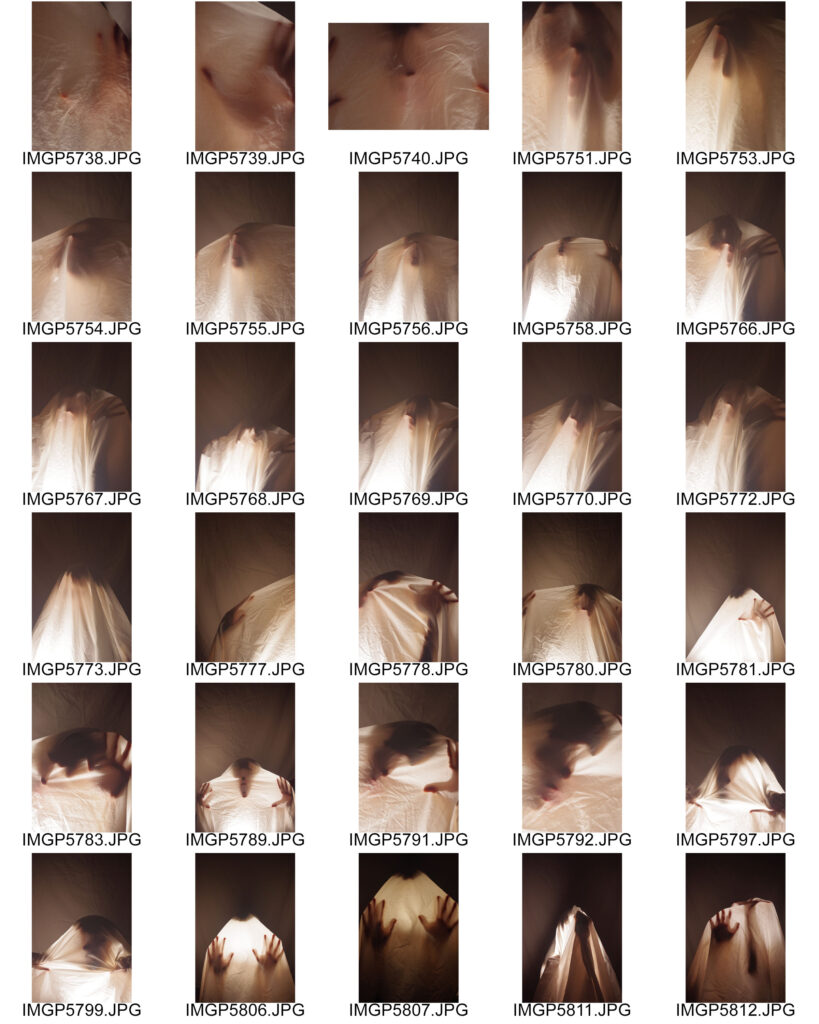
The aim of these series of images was to demonstrate the trapped dreams. I decided to use a bedsheet because I thought it would give a ghost-like impression: symbolising how the figures in my dreams have left a fleeting trace rather than a long-living image. I also experimented with light, and how it can create a silhouette of a figure against the bedsheet. I liked the result of these images, as I think they epitomize how I cannot seem to bring my dreams into reality as the figure in these images appears to be trying to escape and come into the real world, but they are ultimately stuck or trapped, within the subconscious. Also, the bedsheet obscures the view of the figure, resulting in a morphed shadow that encapsulates the figures that I remember from my dreams.
In addition, the movement and position of the model in these photographs add to the surrealist essence that I was trying to transmit. Homing in that through light, composition and movement one can create an image reminiscent of dreams.
EXPLORING DIFFERENT MEDIA
Expanding on the idea of movement creating an illusion of dreams, I thought it would be fitting to explore videography, as that way movement can be investigated to its full potential.
I started by looking at Man Ray’s first film ‘Le retour à la raison’ (1923) , a improvised 3 minuet sequence of rayrogph like images:
The video seems to lose all sense of reason, in which there are floating objects and videos taken from nightlife in Paris. It leaves the viewer pondering whether there is any sort of meaning to it at all. The video shows a complete loss of thought. I thought that this was a good reflection of dreams: where rhyme and reason become completely eradicated. In addition, the sudden, quick procession of photographs prompts the recollection of dreams: how they don’t seem to be chronological, but momentary, abrupt images.
I started this investigation by combining the photographs that I had originally taken, to see whether putting them in a sequence video would enhance the dreamlike quality:
CF95F4E5-559A-46EC-8DA0-A187AE35090C
606043ED-FB4A-4670-8CD0-31C9678CF103
280C30A9-52B9-478C-97CC-D02F43CF5E58
I decided to take this further by drawing on the photography experimentation I did using sheets as a way to symbolize someone trapped in their dream state, as you don’t know you’re dreaming when you are. I combined this with the inspiration from Man Ray to create a short 12-second video that delves into the mind of someone when they are asleep, and it attempts to represent those fleeting, obscure images you have when you dream.
